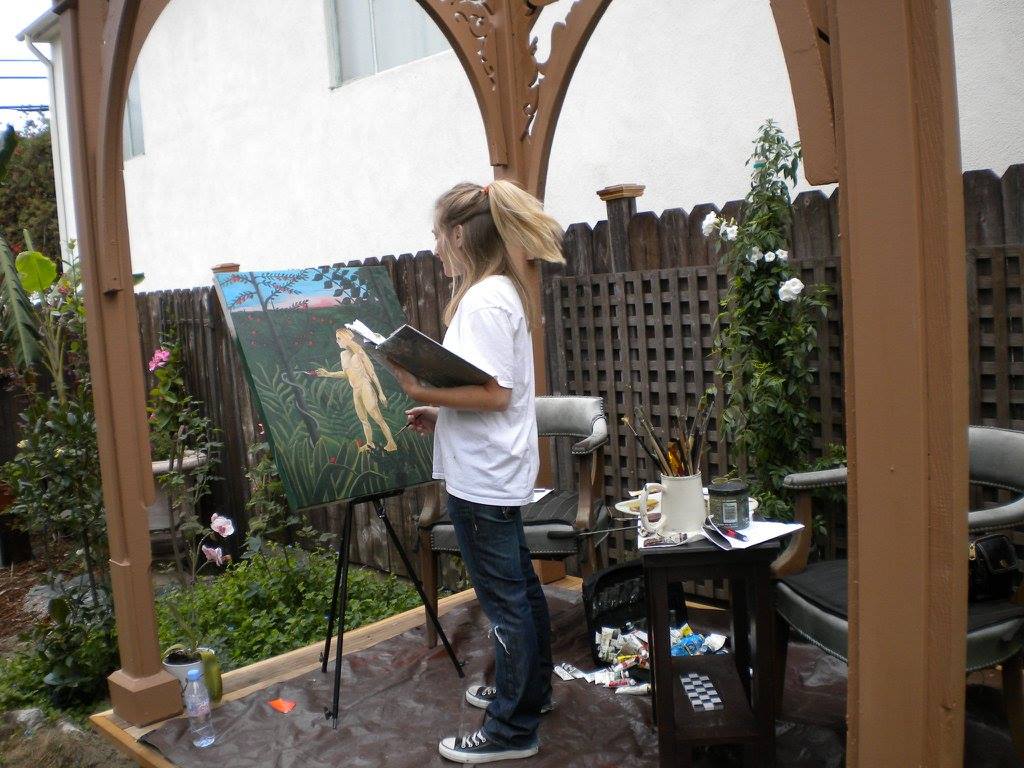
I finished my first collage after taking a class with Rob Szot. Here are my notes- for my future self or anyone who wants to try it.

Start by making marks with pencil or paint that runs both horizontal and vertical on the paper. Populate the areas with scraps of old paintings or drawings on paper that have been cut up. I had lots of watercolor paintings, cyanotype prints and photo negatives in my scrap pile. I love the idea of reusing old work.

After the whole piece is fully populated you look for areas that flow and can be combined into larger shapes- working from small to large which may be counterintuitive. This can be achieved with larger paper overlays, rice paper, crayons (artist pastels), gouache paint, charcoal, Lineco Neutral ph adhesive and erasers. Paper recommended was Saunders Waterford WC HP 425 gsm and Rives Heavy Weight Budd, 175 gsm.
I ran into my first problem when I realized that to cover a larger section of the work – the papers all needed to be the same depth. The collage elements I used where very different with some being very flat and some being on heavy thick paper. In order to solve this problem I looked into soft gels of various thickness and leveling gels. The leveling gels pour over the piece and can pool in certain areas and can crack so I tried a soft gel in two different viscosities- both worked fine. They go on white but dry clear and shiny. The crayons didn’t go on top of gel in a smooth way but were still interesting- I used the gouache paint for better coverage.

This day 5 and day 7


I found a Japanese paper store in LA called Hiromi Paper and ordered a few different transparent papers to try-


And finally, I turned the paper horizontally for my last layer and found it flowed better. I loved the semi-sheer overlays.









































